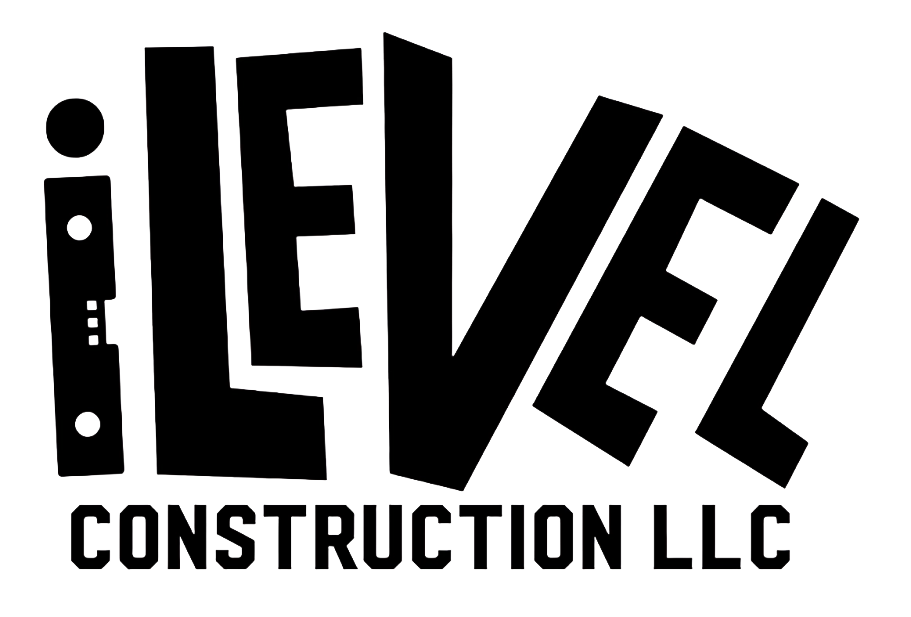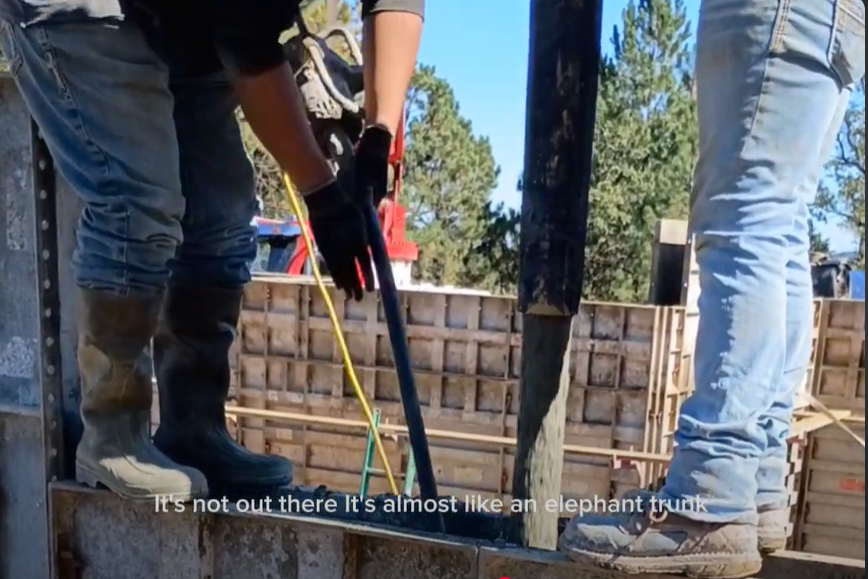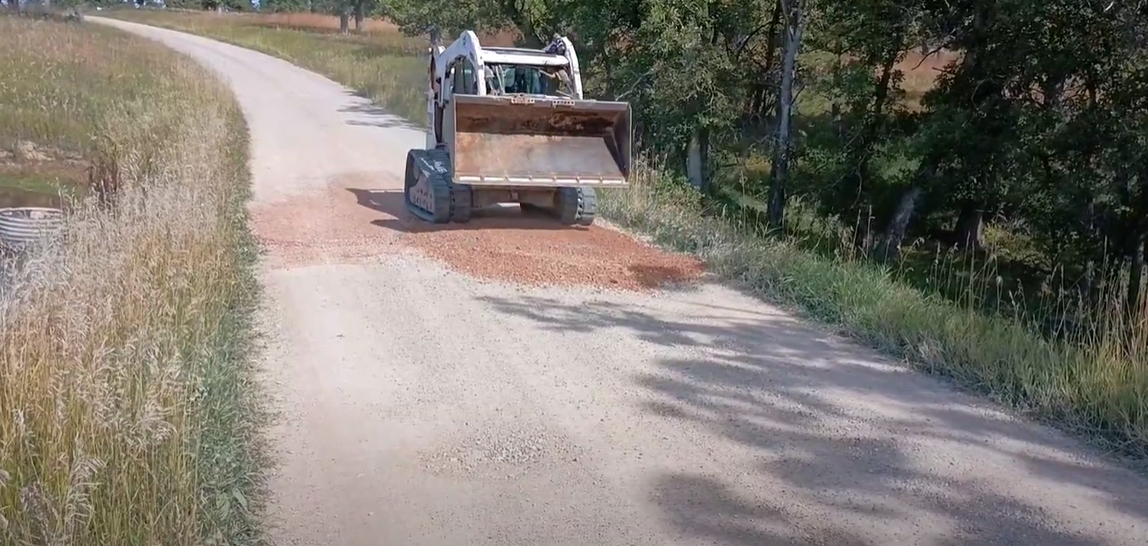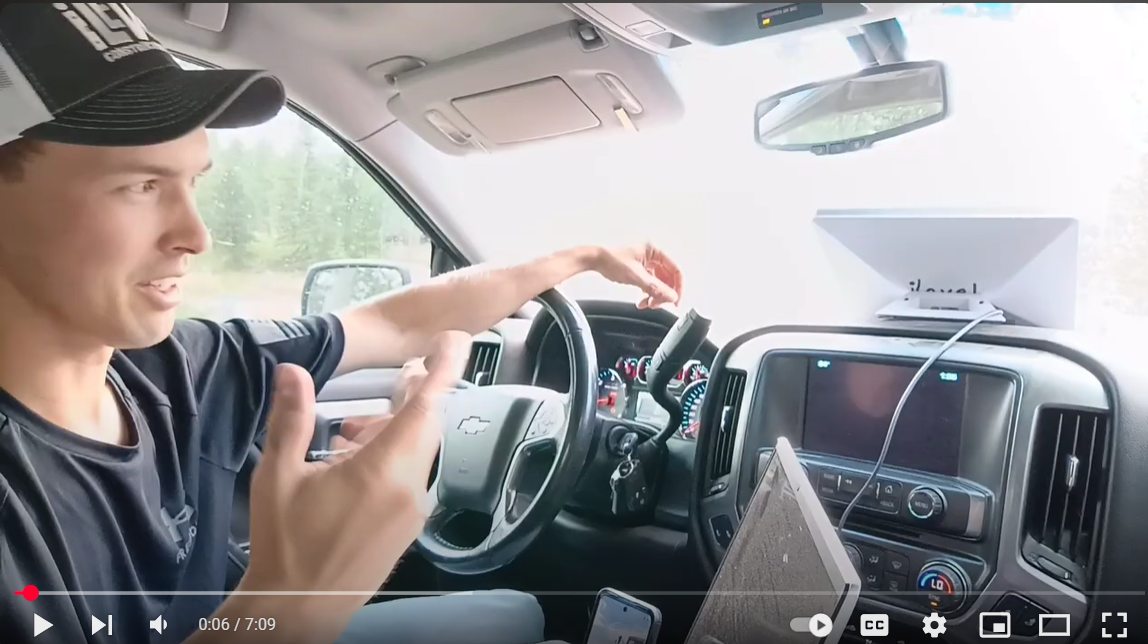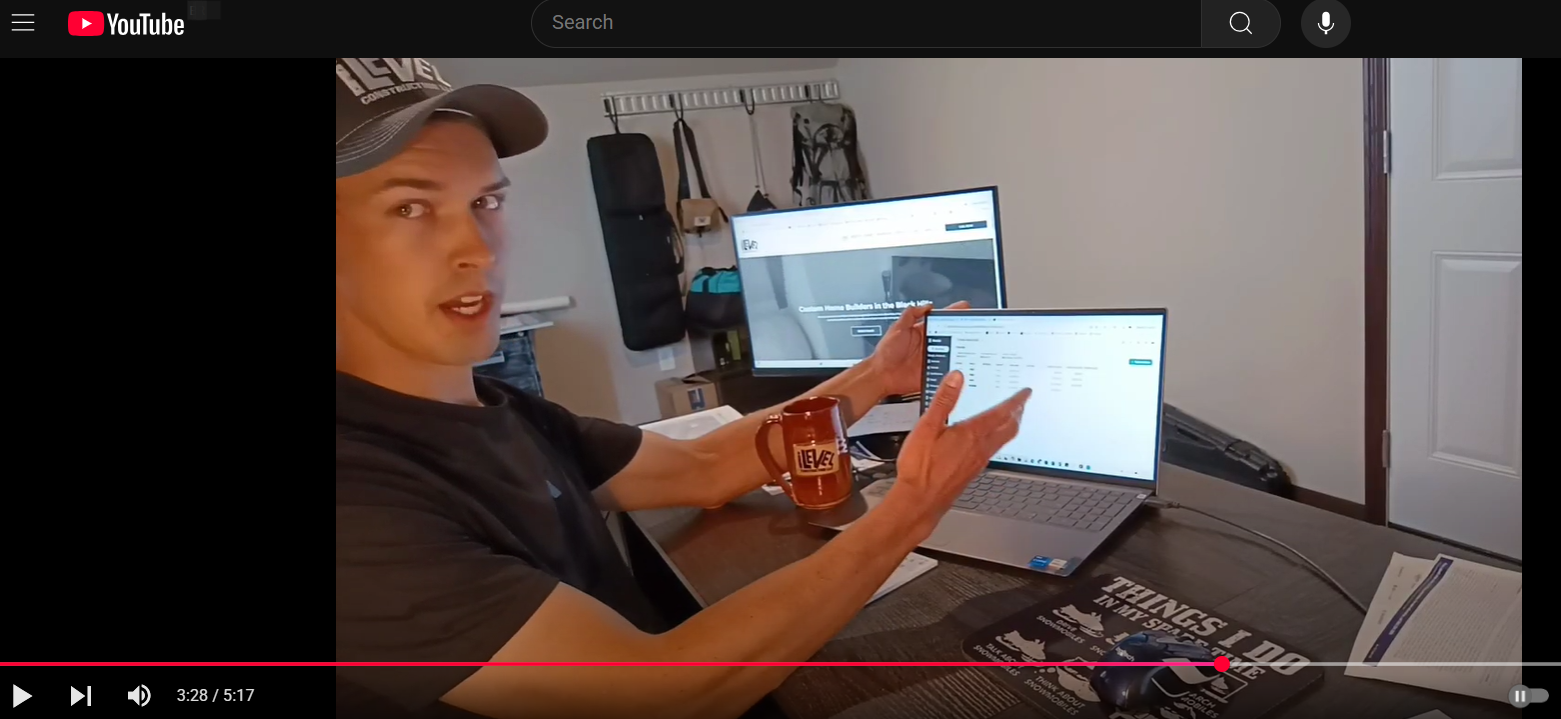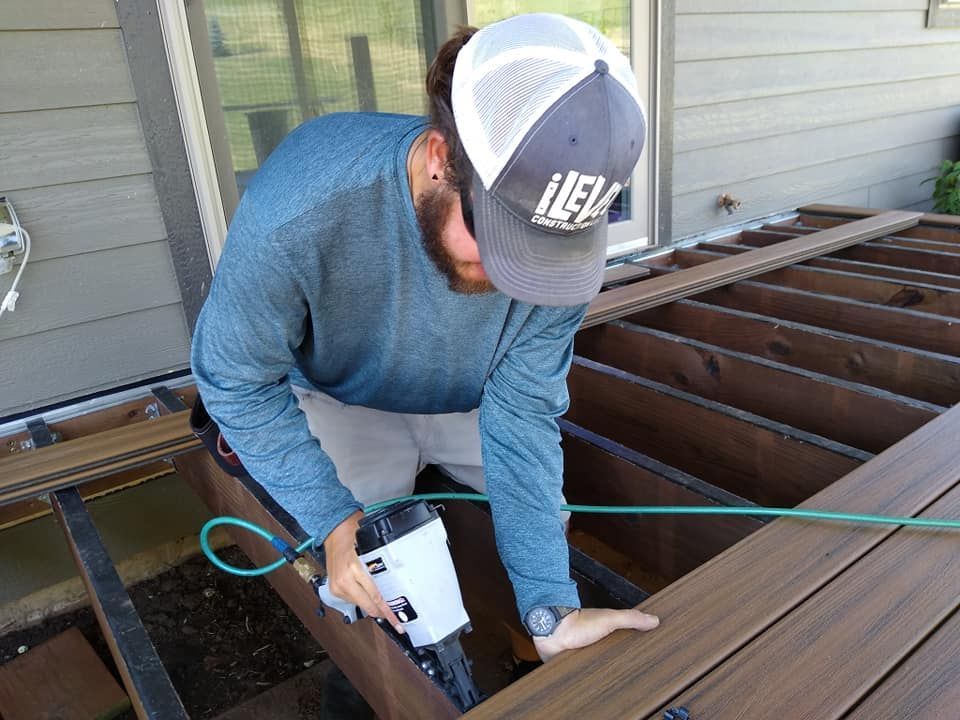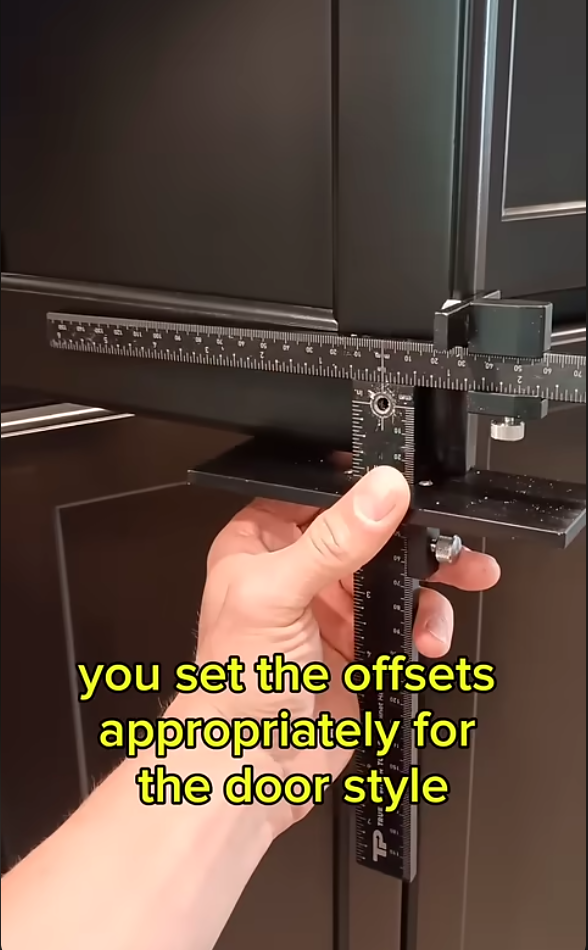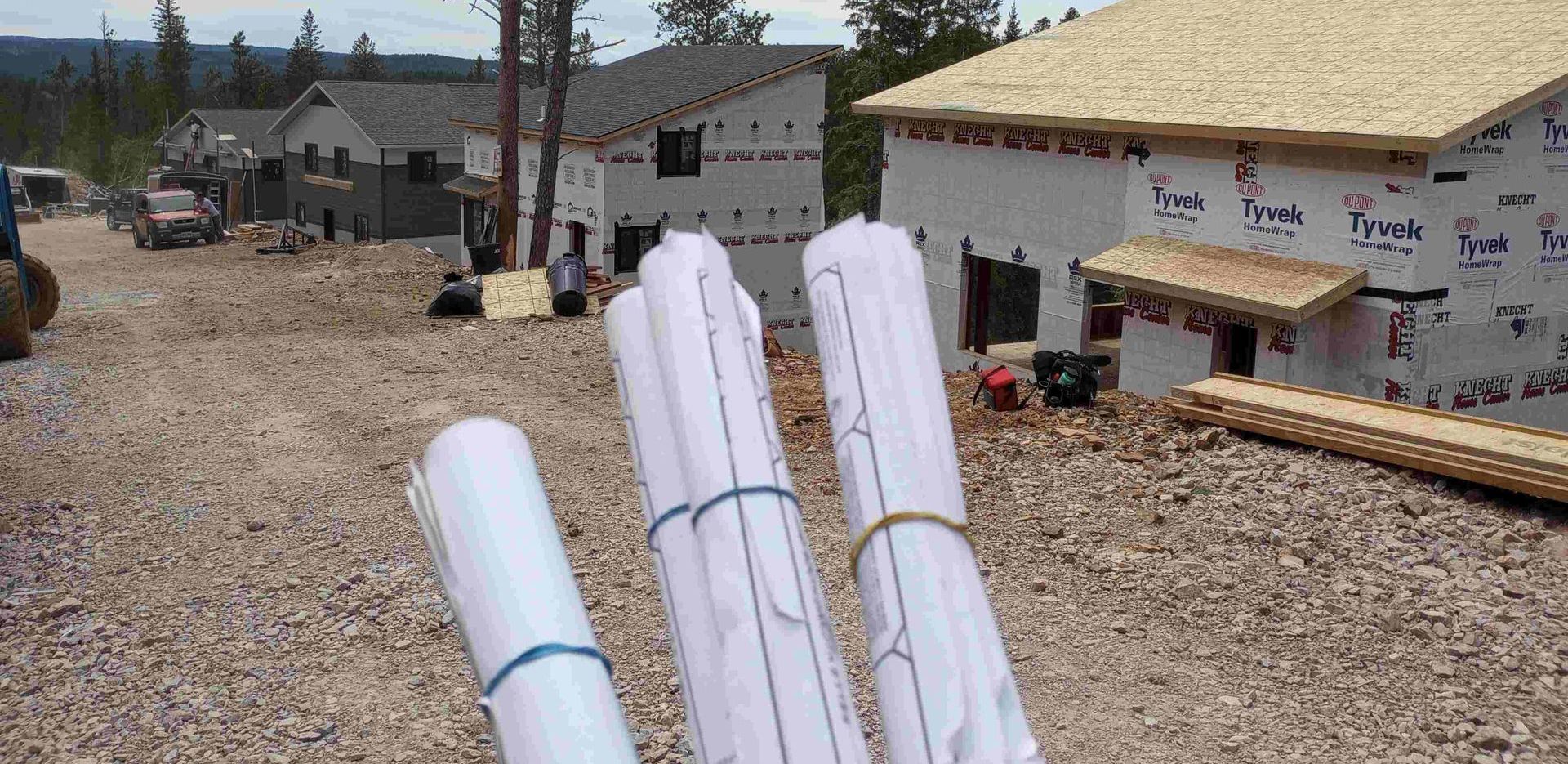Weather Barrier, Air Barrier or Vapor Barrier? What Homeowners Need to Know
If you want to build energy-efficient and comfortable homes, understanding the role of barriers in your construction services construction services is a very important factor. At iLevel Construction, we know that it’s all about the details that make a successful project a success. But what exactly are weather barriers, air barriers, and vapor barriers? How do they differ, and why should you care? Let’s take a closer look.
What Are Weather Barriers, Air Barriers And Vapor Barriers?
To make it easier to understand, let's start with the definitions of each type of barrier:
- Weather barrier: this is popularly known as a water-resistant barrier (WRB). It is nothing more than an external layer that protects your home from moisture and precipitation. It is usually installed right behind the siding, like a raincoat for your home. Common materials that take care of this insulation are Tyvek or Typar and construction paper.
- Air barrier: the role of this barrier is to control the amount of air flow that goes both inside and outside your home. They can be installed inside, outside or even inside the walls themselves, and their result directly affects the energy efficiency of the home. The materials that are used in this case are several, such as polyethylene sheets and spray foam.
- Vapor barrier: also known as vapor retarder, these are barriers that limit water vapor in walls, ceilings and floors. They can be made from a variety of materials, including plastic sheeting, foam board, aluminum, and cardboard It is crucial to prevent condensation within the building envelope, which can lead to mold and structural damage. Vapor barriers are typically made of polyethylene sheets, foil-faced insulation, or specialized paints.
So basically, there are three different barriers that may be utilized to defend your house. However, each of these barriers has a unique purpose, and they are frequently used combined with one another to form a full building envelope system.
How Do They Differ?
Now that we’ve covered each barrier, let’s explore their differences in following table:
| Aspect | Weather Barrier | Air Barrier | Vapor Barrier |
|---|---|---|---|
| Function | Keeps liquid water out. | Controls airflow to improve energy efficiency and comfort. | Manages moisture vapor to prevent condensation. |
| Placement | Installed on the exterior. | Can be placed anywhere in the wall assembly. | Typically installed on the warm side of insulation (interior in cold climates, exterior in hot climates). |
| Material | House wrap, building paper, or fluid-applied membranes. | Sheets, spray-applied materials, or rigid foam boards. | Polyethylene sheets, foil-faced insulation, or specialized paints. |
Understanding these distinctions is important to ensure that each barrier is properly built and serves its intended purpose. Misplacing or misunderstanding these barriers can cause serious problems, such as moisture entry, inefficient energy use, and even structural damage over time. For example, putting a vapor barrier on the incorrect side of the insulation might trap moisture within the wall cavity, resulting in mold development and wood damage.
Why Are These Barriers Important To Us?
If this is a question you may have, let us clarify that the long-lasting durability of your home is the key to the answer. Here is how they play a role:
- Firstly: They provide excellent environmental protection. Weather barriers protect your home from any type of precipitation and also from wind-borne moisture, preventing damage and, eventually, deterioration. The US Department of Energy states the structural benefit of properly installed weather barriers.
- Secondly, and no less important, these barriers directly affect the energy efficiency of your property. According to the Building Science Corporation, air leakage can increase your heating costs by up to 30%. A good way to save money is to invest in a tight building envelope.
- Third, definitely moisture management. Vapor barriers prevent condensation inside walls, which can lead to mold growth and wood rot. If you have specific questions about vapor barriers or want to understand the best ways to install them, read the International Residential Code (IRC).
In summary, these obstacles work together to make the house more pleasant and cost-effective. Neglecting them might result in increased repair costs and utility expenses.
We Ensure Proper Installation of Barriers
At I Level Construction, we don’t just want to deliver a finished home, we also provide efficient systems that integrate with it. Our team understands the benefits of investing in barriers and how improper installation can affect your property. Here are some ways we ensure the best results from our services:
- We provide expert design and carefully plan the placement of each barrier based on the specifics of your home.
- We always use quality materials, from durable house wraps to high-performance spray foams.
- Our team pays close attention to detail, so we perform precision installation.
With us, you don’t have to worry; we deliver homes that are built to last.
Protect Your Home with I Level Construction
As we've seen, the barriers used on your property sometimes don't get the attention they deserve. They work behind the scenes to keep your home dry, comfortable, and energy efficient for years to come.
At iLevel Construction, we offer expert construction services and pay extra attention to factors that can influence the durability of your property. Listen to our advice and be sure to think about protective barriers. If you have any questions or would like a free quote, contact us today!

